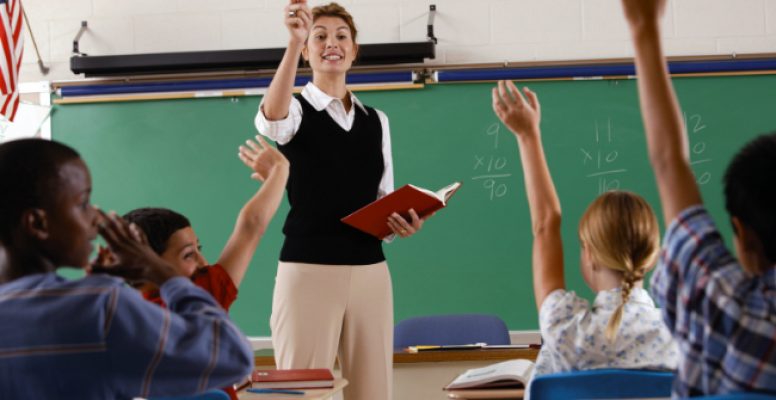
Disrupting the School-to-Prison Pipeline
Written By: Sean Vallor, AMFT at ACS, Community Counseling Program
“The only way to deal
with an unfree world is to become so absolutely free that your very existence is an act or rebellion.” – Albert Camus
As counselors, it is critical to be aware of systemic factors that adversely affect our clients and their communities. A working knowledge of the mechanisms that marginalize and criminalize our clients is essential to creating positive clinical outcomes. This knowledge can be crafted into tools of resistance and disruption to unjust policies in our schools, communities, and in the greater society. While the momentum of societal cruelty can appear daunting, it is often the unseen action of advocacy and commitment that opens possibilities for marginalized clients in place of a future of nihilism. The very nature of our work is a rebellion to the toxicity of politicized hatred and the subsequent oppressive policies that follow.
What is the school-to-prison pipeline?
The school-to-prison pipeline is one such adversity that disproportionately criminalizes students of color at a rate three times greater than other students. This process often begins as early as 3rd or 4th grade with the labeling of students as inadequate or flawed in a fundamental manner. In the classroom and in school, administrations label certain students as “bad kids,” “below basic,” “unmotivated,” “low-achieving,” “gangsters,” etc. This places students on a track where a school’s low expectation serves to push students further to the margins of academic accessibility. Punitive and unfair school practices act to separate students from their potential. Students on the school-to-prison pipeline can go directly from school into the criminal justice system without the opportunity to attain any semblance of self-actuation or freedom.
What can teachers and school employees do to help?
Sociologist Dr. Victor Rios explores the ramifications of the school-to-prison pipeline in his book, “Human Targets.” Most importantly, he identifies academic practices that can be initiated in place of oppressive and dehumanizing school policies. These practices are collectively called restorative justice. They provide students with the opportunity to grow and learn through processes that respect a student’s dignity and humanity. Here are some of his recommendations for working with youth who are being marginalized by the school-to-prison pipeline:
- All interactions with students should be grounded in respect for the dignity and full range of humanity of the student.
- Think of students as being “At-Promise” instead of considering students as “At-Risk.”
- Students who are marginalized and not given adequate educational experiences in the school system are not “dropouts.” Instead those students are “pushouts.” Pushouts are forced out of a system that undermines their self-efficacy and dignity. This places responsibility on the academic system for its failings instead of solely on the student.
- Help students to identify and develop relationships with mentors in their life.
- Maintain a cultural curiosity about the cultural context of the youth. Be careful about using youth terminology and slang because this is sometimes seen as odd or even demeaning.
What can therapists do?
In our counseling practice, we can take action to disrupt the school-to-prison pipeline. We can walk with our clients to create affirming structures in their lives in the place of unjust systems that do not serve students. Counselors do this every day by giving our authentic presence and interaction with clients. Sometimes a counselor is the only person in a client’s life who experiences their complete humanity and dignity. In this interaction is a healing power that perpetuates forward toward a future of promise and into new horizons of potential.
